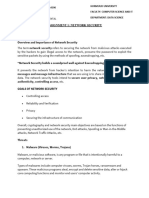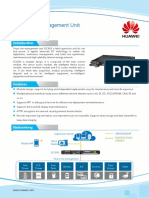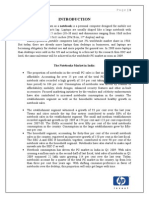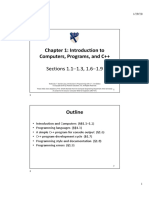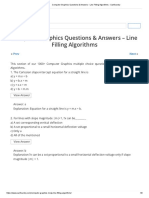0% found this document useful (0 votes)
35 views35 pagesBasics of Network Security
Network security encompasses policies and technologies to protect network infrastructure and data from unauthorized access and cyber threats, focusing on the CIA triad: confidentiality, integrity, and availability. Key components include authentication, encryption, firewalls, and intrusion detection systems, while common threats involve malware, phishing, and denial-of-service attacks. Ensuring network security is vital for protecting sensitive data, preventing cyber threats, and maintaining business continuity.
Uploaded by
NakkkeeranCopyright
© © All Rights Reserved
We take content rights seriously. If you suspect this is your content, claim it here.
Available Formats
Download as PDF, TXT or read online on Scribd
0% found this document useful (0 votes)
35 views35 pagesBasics of Network Security
Network security encompasses policies and technologies to protect network infrastructure and data from unauthorized access and cyber threats, focusing on the CIA triad: confidentiality, integrity, and availability. Key components include authentication, encryption, firewalls, and intrusion detection systems, while common threats involve malware, phishing, and denial-of-service attacks. Ensuring network security is vital for protecting sensitive data, preventing cyber threats, and maintaining business continuity.
Uploaded by
NakkkeeranCopyright
© © All Rights Reserved
We take content rights seriously. If you suspect this is your content, claim it here.
Available Formats
Download as PDF, TXT or read online on Scribd
/ 35
















































